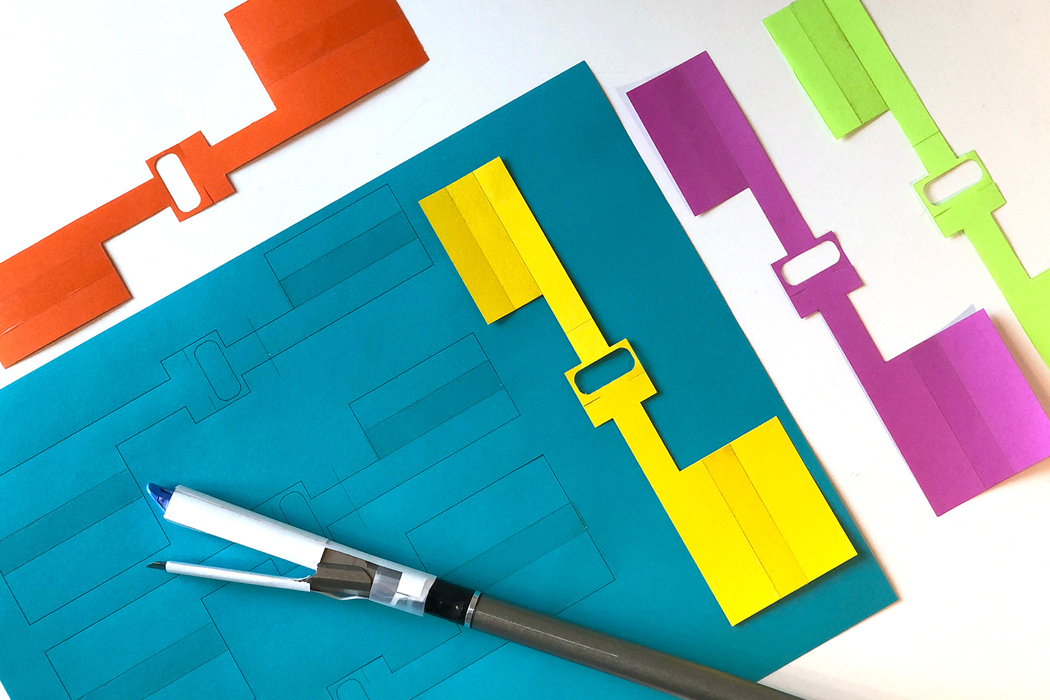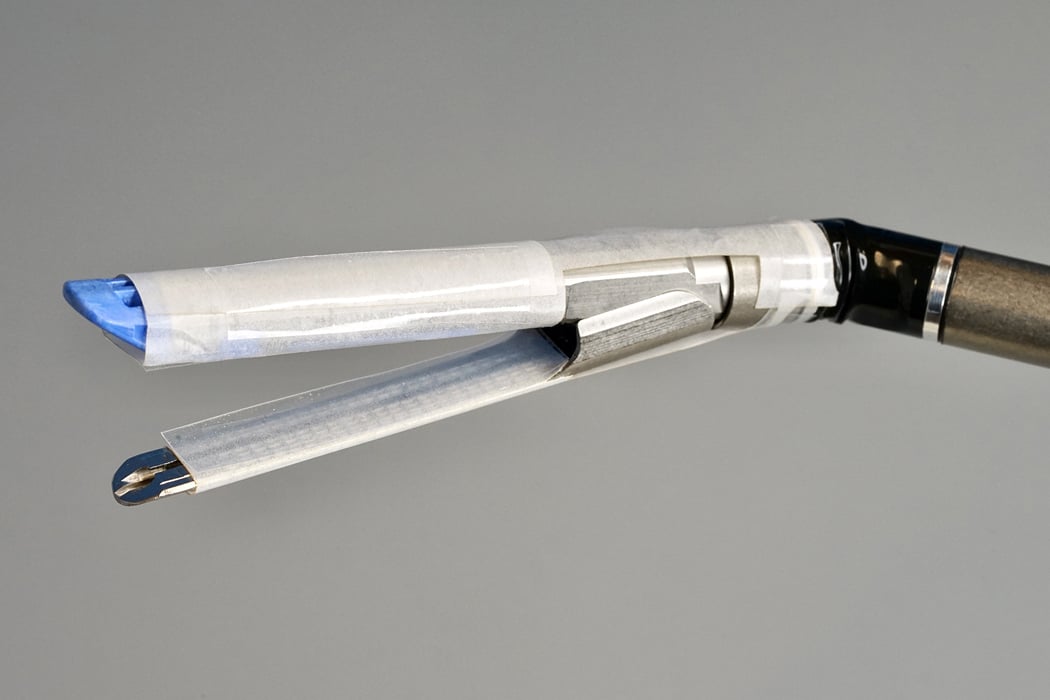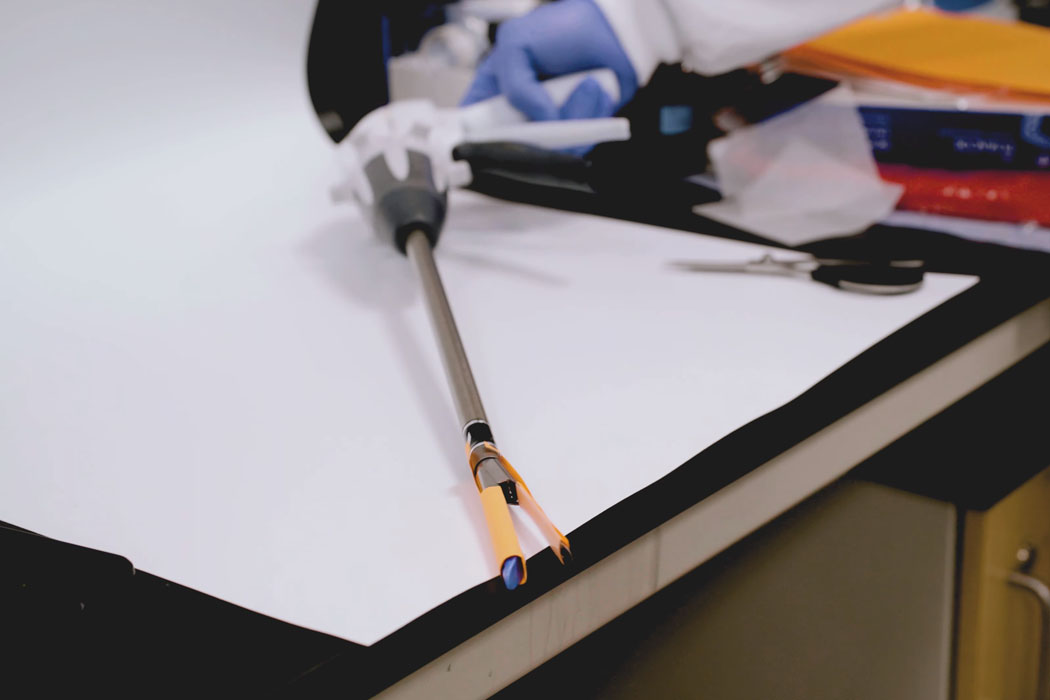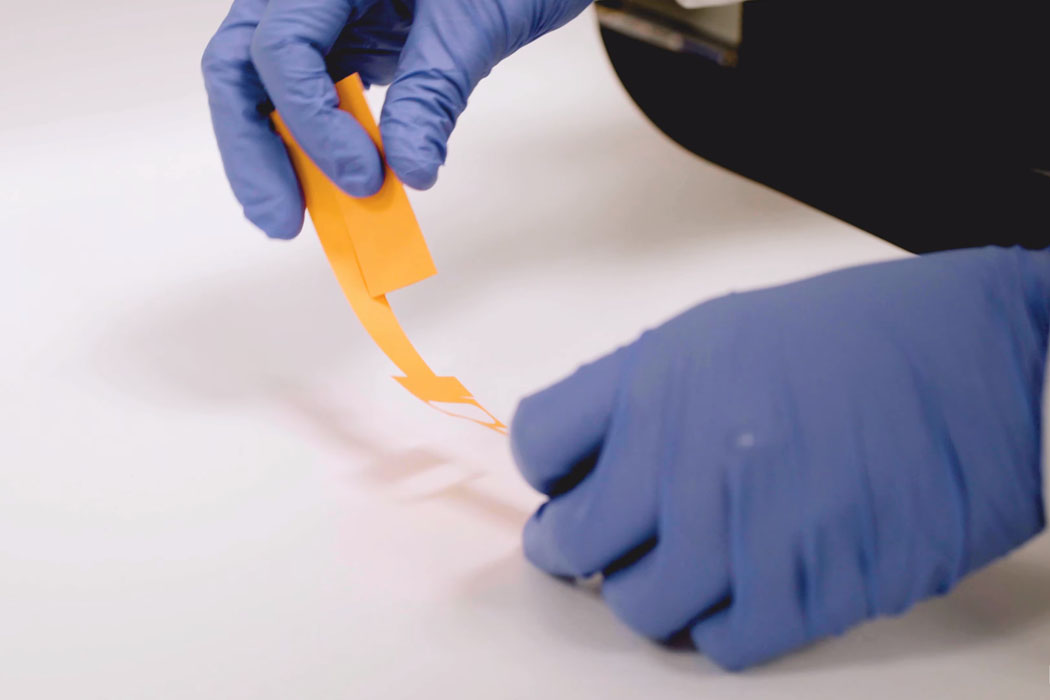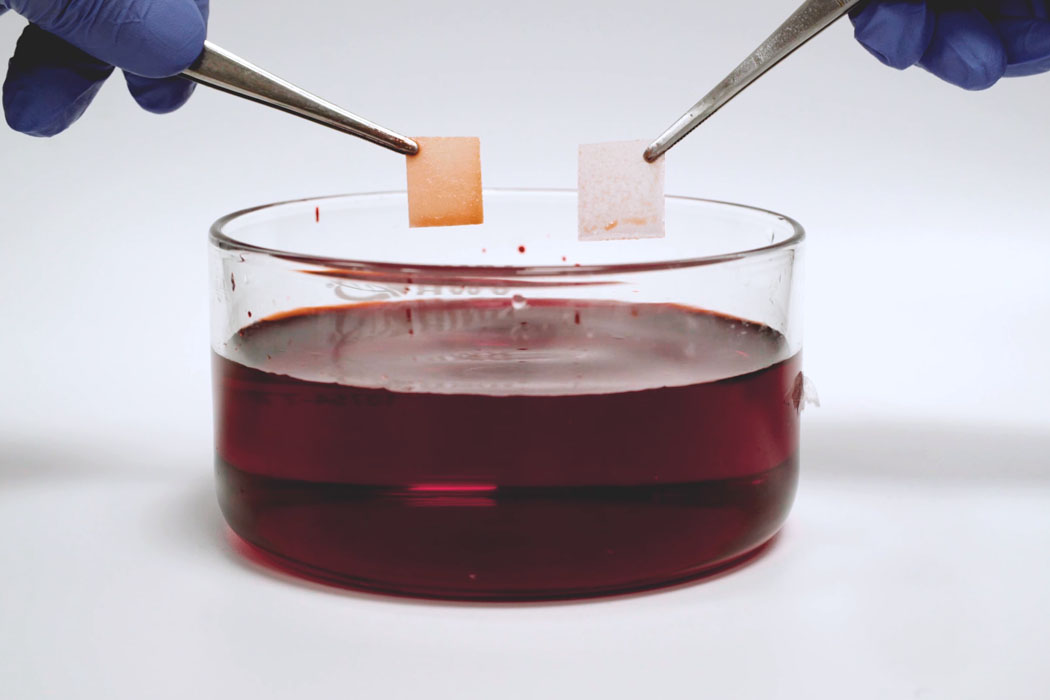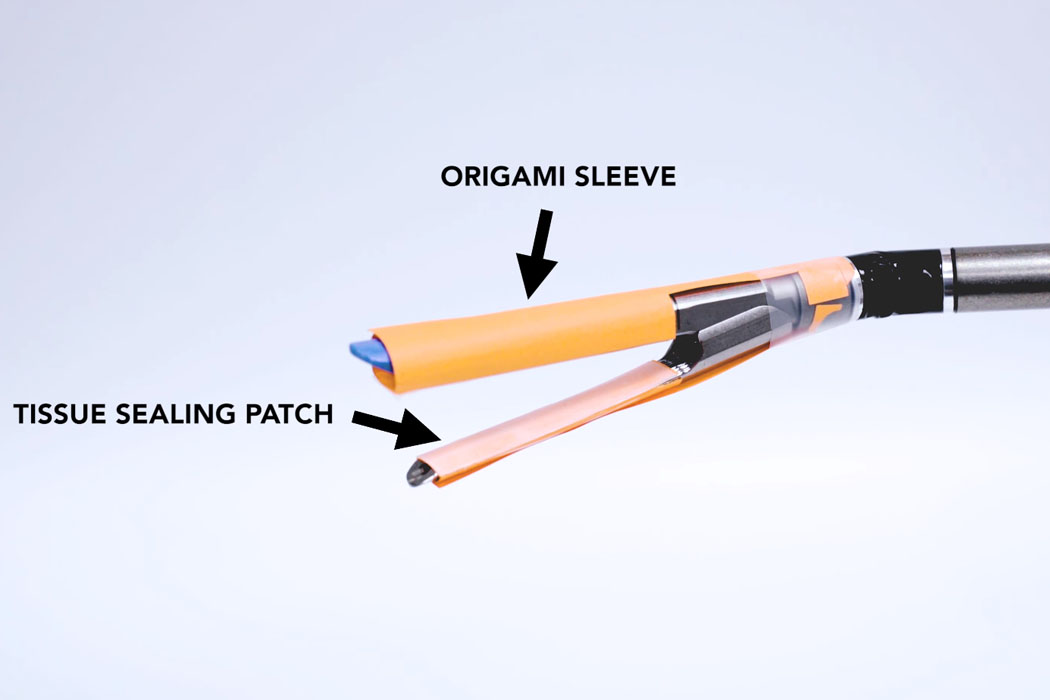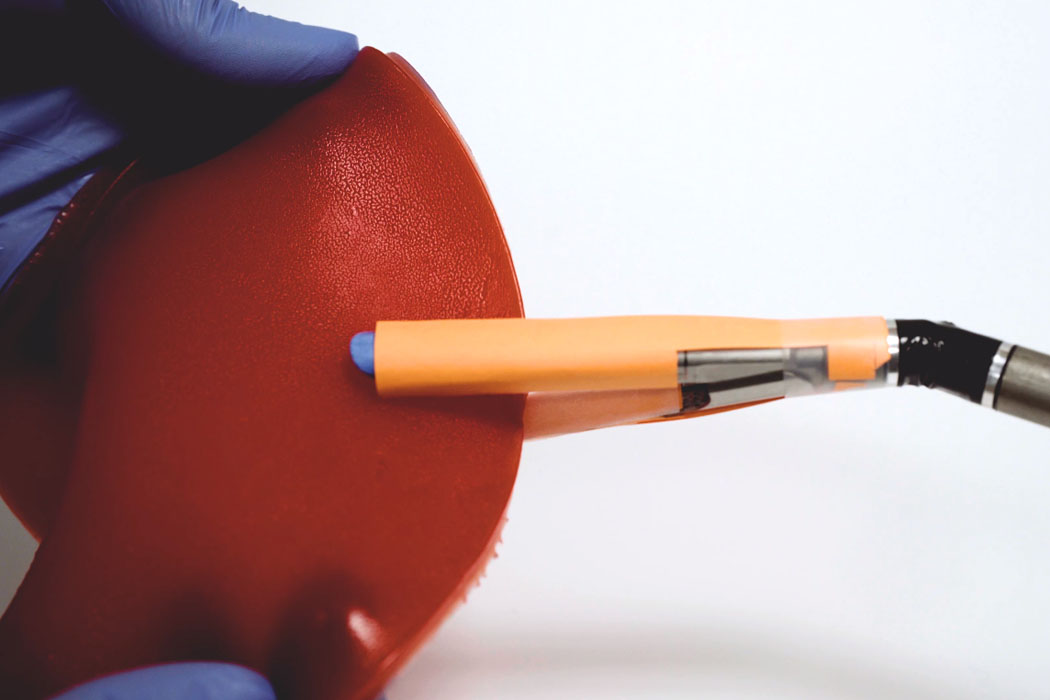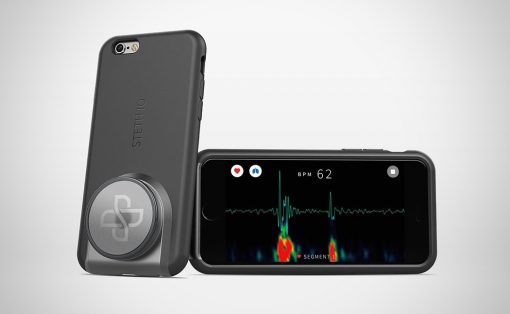A century ago, not a soul would have imagined the advances in medical science we have achieved. Taking the evolution of medical surgeries a step further, MIT engineers have crafted an origami-inspired medical patch that can wrap around your internal organs with the utmost ease. This design makes it pretty useful in application to internal injuries or sensitive parts of the internal organs – airways, intestines, or hard to reach spaces. Aesthetically speaking, the design appears just like a foldable piece of paper; this patch contacts the tissues and organs. After that, it morphs into a thick gel that stays firmly on the injured area until it heals. The patch is made up of three layers – the top layer is an elastomer film consisting of zwitterionic polymers that become a water-based skin-like barrier. The middle layer is the bio-adhesive hydrogel having the compound NHS esters to form a strong bond with the tissue surface. The bottom layer is made up of silicone oil to prevent it from sticking to the body surface before reaching the intended target.
As compared to the adhesive tapes currently used, MIT’s solution does not contaminate and resists the growth of bacteria and body fluids. The newly developed patch will come in very handy for invasive procedures where small cameras and surgical tools are inserted inside the body. This medical patch will be the ultimate solution for the surgeons and the recovering patient to bind the internal wounds and tears. Currently, the team at MIT is working with doctors and surgeons to fine-tune the patch’s design so that it can be easily applied via invasive surgical tools – either by the surgeon or using medical robots. According to Xuanhe Zhao, a professor of mechanical engineering and civil and environmental engineering at MIT, “Minimally invasive surgery and robotic surgery are being increasingly adopted, as they decrease trauma and hasten recovery related to open surgery. However, the sealing of internal wounds is challenging in these surgeries.”
Adding to this, co-author Christoph Nabzdyk, a cardiac anesthesiologist and critical care physician at the Mayo Clinic in Rochester, Minnesota, said that this new development could help repair a perforation from a colposcopy or to the solid organs and blood vessels after surgery. This will eliminate the need to perform open surgery – by using the patch to seal the wound, and once the injury heals, it biodegrades on its own, leaving behind no residue. Clearly, the medical patch will change the medical surgeries in a big way and speed up the healing process that is great for the patients.
Designer: MIT
